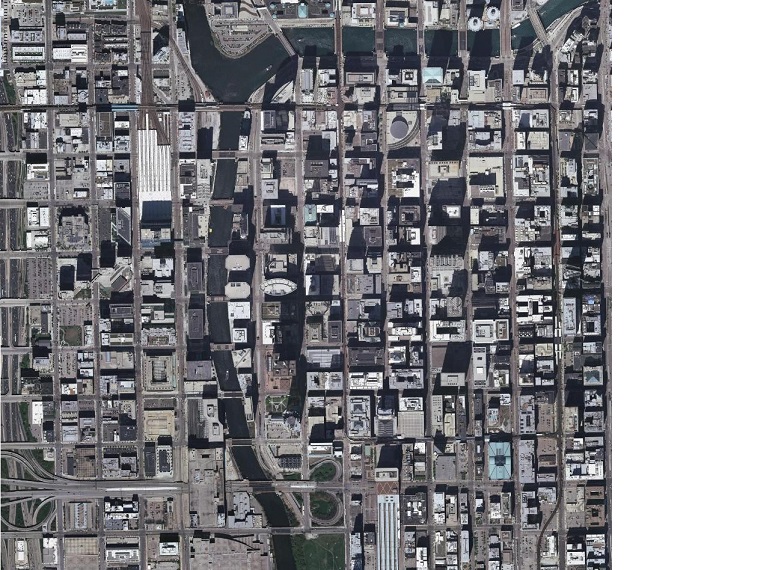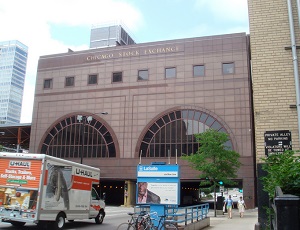Some of Chicago’s most famous buildings exist because of air rights. Examples are the Merchandise Mart, the Prudential Building and the old Main Post Office. The basic concept is that a property owner, for example a railroad, retains the right to use the ground, but sells or leases the right to use the air above the tracks.
The concept of air rights is more of a legal concept than technical. As American Property and other books explain, owning real estate does not give you the right to do anything you want with the property. Instead, there is a legal concept known as a “bundle of rights.”
If you buy a piece of property, the bank may have the right to take it back if you don’t pay the mortgage. Somebody else may have the right to dig for minerals, string wires over your property, use the water flowing through, maintain a road across it, access a beach, etc.
In the twentieth century, air rights began to be used to build major buildings over active railroad tracks in and near Chicago’s Loop. Early examples include the Merchandise Mart (1929) then the world’s largest building, and the Main Post Office (1932).
Currently, almost all of the railroad tracks surrounding the Loop have been covered by large buildings. Additionally, the Municipal Reference Collection has a number of proposals to use the air rights over the expressways to build schools and other buildings. These were never built. However, the Chicago Stock Exchange and the Old Main Post Office sit over both Congress Parkway and railroad tracks.
Air rights can get quite complicated. For example, Chicago's Prudential Building (1955) is has a strange three dimensional map. Each pillar and various parts of the foundations and main building are separate parcels. This means that each is taxed separately and, I guess, could be sold or mortgaged separately. The Villager shows a New York church sitting below the air rights for an 11 story condo building.
City planning documents and proposals dealing with air rights in Chicago may be found by searching the catalog under “Air Rights.”





Add a comment to: Air Rights: Technology That Changed Chicago